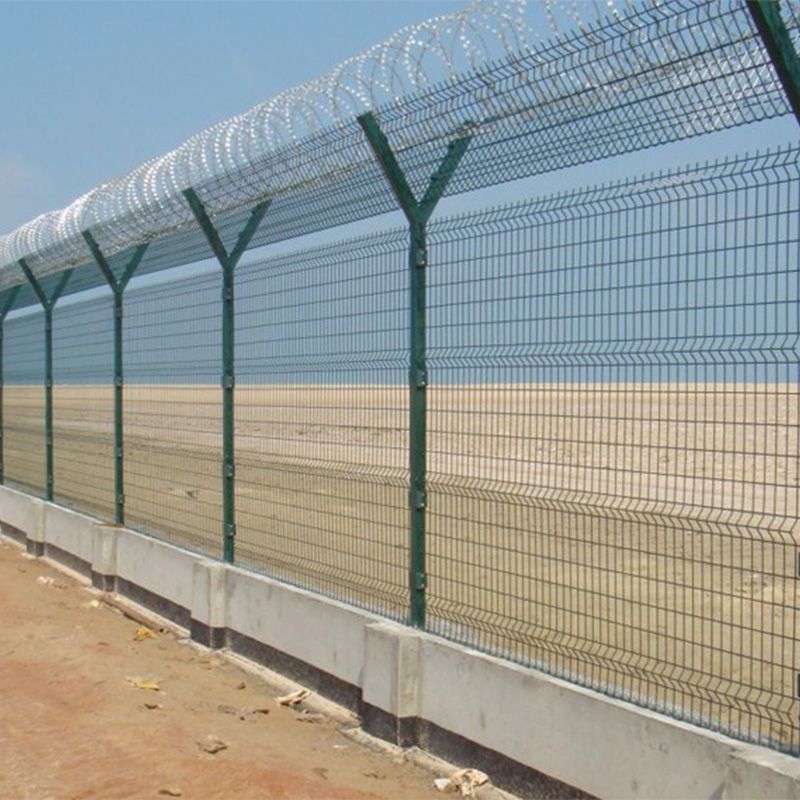Guidance for Airport Perimeter Security
Guidance for Airport Perimeter Security
Effective airport perimeter security is crucial for ensuring the safety and integrity of aviation operations. This guidance aims to provide comprehensive recommendations and strategies to enhance the protection of airport perimeters, addressing emerging threats and vulnerabilities. The need for robust perimeter security has become increasingly evident in the face of evolving security challenges, including terrorism and unauthorized access. In this article, we delve into the origins of the guidance, the process of its development, and the significance and impact it holds for the aviation industry.
Origins of the Guidance:
The genesis of the "Guidance for Airport Perimeter Security" can be traced back to a collaborative effort involving aviation security experts, regulatory authorities, and industry stakeholders. The initiative emerged from a recognition of the dynamic nature of security threats and the imperative to adapt security measures accordingly. Incidents of perimeter breaches at airports worldwide underscored the necessity for a unified and proactive approach to safeguarding these critical zones.
Development Process:
The development of this guidance involved a thorough analysis of historical incidents, risk assessments, and advancements in security technologies. Working groups comprising experts from diverse fields, such as aviation security, technology, and law enforcement, collaborated to identify vulnerabilities and devise effective countermeasures. The process also incorporated feedback from real-world security exercises and simulations, ensuring practicality and efficacy.
Significance and Impact:
The guidance serves as a comprehensive resource for airport operators, security personnel, and relevant authorities. By providing a structured framework for assessing and mitigating risks, it empowers stakeholders to implement tailored security measures based on their unique operational environments. Moreover, the guidance promotes a risk-based approach, allowing resources to be allocated efficiently to address the most critical threats. This not only enhances security effectiveness but also optimizes cost management for airport operators.
The impact of adopting these recommendations extends beyond immediate security benefits. Compliance with the guidance contributes to regulatory adherence, fostering a standardized approach to perimeter security across the aviation sector. This, in turn, facilitates international cooperation and harmonization of security practices, reinforcing a global commitment to aviation safety.
Conclusion:
In conclusion, the "Guidance for Airport Perimeter Security" represents a pivotal step forward in fortifying the defenses of airports against evolving threats. Its origins lie in a collaborative effort to address emerging security challenges, and its development process ensures a comprehensive and adaptable approach. The significance of this guidance is underscored by its potential to enhance security effectiveness, promote regulatory compliance, and contribute to global harmonization in aviation security practices. By prioritizing the protection of airport perimeters, the guidance stands as a testament to the industry's commitment to ensuring the safety and security of air travel.


